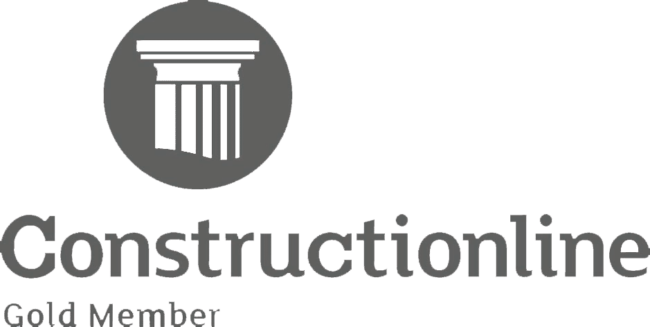Laser Scanning – Verticality Deformation Survey

Technics Group were recently appointed to carry out a verticality deformation survey of a block of flats in Canterbury, Kent.

The site was a modern, three-storey block in a small residential development and consisted of two wings conjoined by a shared stair core. The interior exhibited some severe cracking suggesting a serious subsidence issue, which had led to the building being deemed uninhabitable and the relocation of the residents.
Structural Engineers David Osborne Associates commissioned Technics Group to undertake the survey as part of their investigation and remedial design work.
The project requirement was to produce tabulated results showing deflections from vertical of the exterior walls and interior stair core walls at 31 plan positions, each at 10 level intervals from ground to soffit.
 A Leica Scanstation C10 laser scanner was chosen to carry out the survey, due to its reliability, its survey-grade dual-axis compensator, and the accurate and complete high-definition survey data that it can quickly capture. The exterior of the site and its immediate surroundings were captured in high resolution along with the interior of the stair core. Scans were controlled by traditional closed-loop traversing methods and the registration of the scans was further tightened by analysing the geometry of the individual point clouds and calculating a statistical best-fit. The results of the registration left residual differences of no more than 1mm, ensuring that scans were registered together to a very high accuracy.
A Leica Scanstation C10 laser scanner was chosen to carry out the survey, due to its reliability, its survey-grade dual-axis compensator, and the accurate and complete high-definition survey data that it can quickly capture. The exterior of the site and its immediate surroundings were captured in high resolution along with the interior of the stair core. Scans were controlled by traditional closed-loop traversing methods and the registration of the scans was further tightened by analysing the geometry of the individual point clouds and calculating a statistical best-fit. The results of the registration left residual differences of no more than 1mm, ensuring that scans were registered together to a very high accuracy.
 When our client began to analyse the survey results, they were alarmed to discover that the nature of the deformation was not as had been expected. Technics Group was able to revisit the point cloud data, not only to prove irrefutably the validity of the results, but also to allow additional analysis of the data by the client in line with the unexpected nature of the deformation. This was all done without the need for expensive return visits to site. This is just one example of the many benefits of 3D laser scanning – a powerful survey resource with a multitude of applications.
When our client began to analyse the survey results, they were alarmed to discover that the nature of the deformation was not as had been expected. Technics Group was able to revisit the point cloud data, not only to prove irrefutably the validity of the results, but also to allow additional analysis of the data by the client in line with the unexpected nature of the deformation. This was all done without the need for expensive return visits to site. This is just one example of the many benefits of 3D laser scanning – a powerful survey resource with a multitude of applications.



